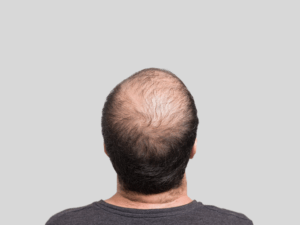Cited from: Nature News
Have you heard about the concept of “replacing blood to delay aging,” or do you find it overly fantastical, more trouble than it’s worth?
Previous studies have found that circulating factors in young blood can rejuvenate aging tissue stem cells. However, more and more research indicates that most circulating secretions are encapsulated within nanosized extracellular vesicles. So, what exactly are these extracellular vesicles? Do they really work? And how?
A research team from the University of Pittsburgh has further assessed the regenerative effects of circulating extracellular vesicles in young serum on aging muscle stem cells and skeletal muscle, with their detailed conclusions published in the journal “Nature Aging.”
Extracellular vesicles, including exosomes and microvesicles, are an important medium for intercellular communication, with nearly all cells secreting these vesicles. The research team compared aging muscle stem cells cultured with young serum to those with young serum depleted of extracellular vesicles, observing the impact of extracellular vesicles on activating internal metabolic mechanisms.
In young serum with extracellular vesicles, the expression levels of MyoD and myogenin, key regulators of muscle generation, increased, and Pax7 levels decreased, aiding in muscle lineage expansion. However, the data showed that the effects of young serum on cell proliferation, myogenicity, and bioenergetics were lost without circulating extracellular vesicles.
From in vivo experimental data, researchers speculate that circulating extracellular vesicles may be recruited to injury sites to participate in the regeneration of skeletal muscle. These vesicles separate from cells through budding or exocytosis, carrying information (including proteins, genetic material, etc.) that reflects the health status of the source cells. This information is ultimately received and translated by receptor cells, thereby producing
physiological effects.
This study helps to understand the mechanisms of muscle aging to a certain extent and has discovered the potential of extracellular vesicles to reverse muscle aging. Although there is still a long way to go before they can be truly used as a treatment option, let’s look forward to the immeasurable contributions of extracellular vesicles to future anti-aging research.







